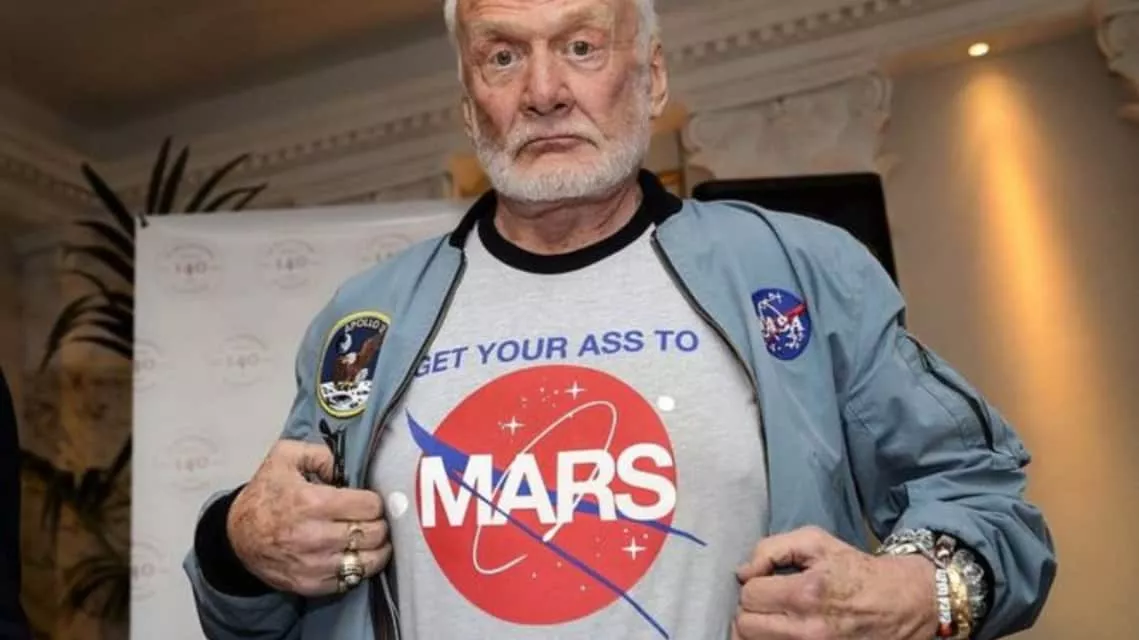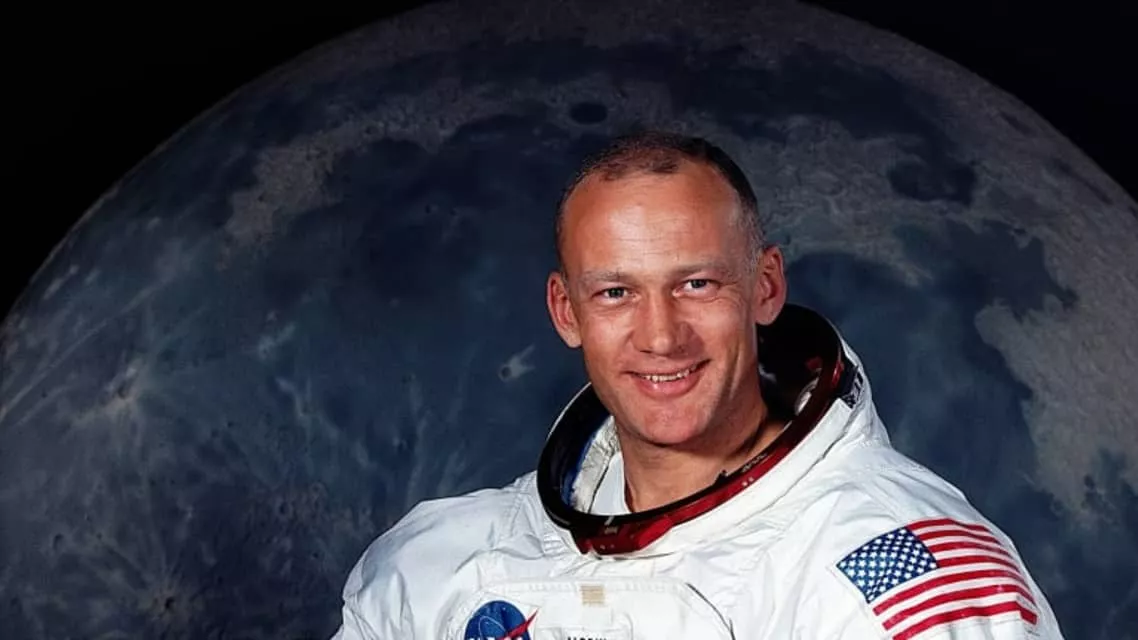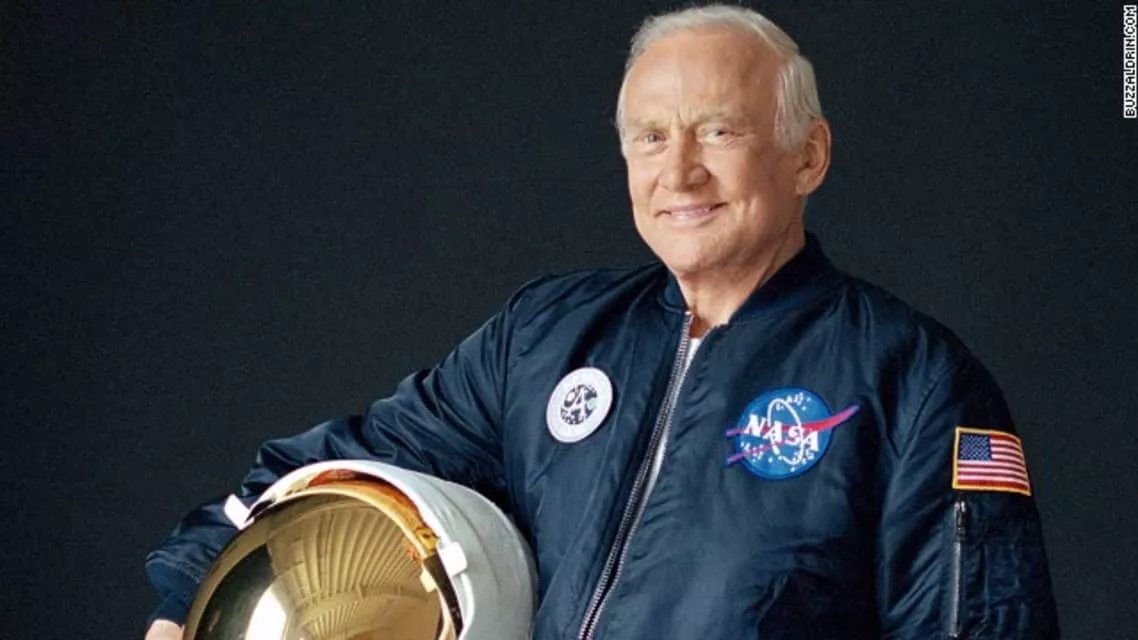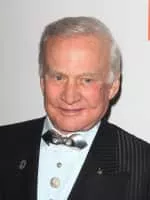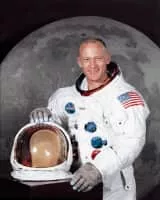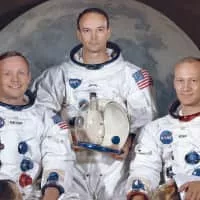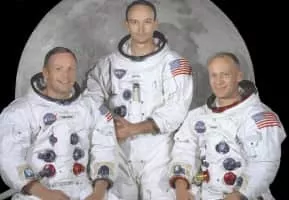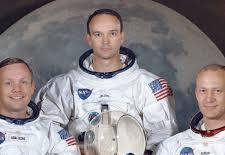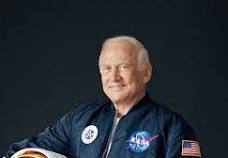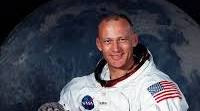
Buzz Aldrin
| Use attributes for filter ! | |
| Gender | Male |
|---|---|
| Age | 95 |
| Web site | buzzaldrin.com |
| Date of birth | January 20,1930 |
| Zodiac sign | Aquarius |
| Born | Mountainside Medical Center |
| Glen Ridge | |
| New Jersey | |
| United States | |
| Spouse | Lois Driggs Cannon |
| Beverly Van Zile | |
| Anca Faur | |
| Parents | Marion Moon |
| Edwin Eugene Aldrin Sr. | |
| Height | 178 (cm) |
| Job | Astronaut |
| Actor | |
| Engineer | |
| Author | |
| Fighter pilot | |
| Education | Montclair High School |
| Massachusetts Institute of Technology | |
| United States Military Academy | |
| Severn School | |
| Awards | NASA Distinguished Service Medal |
| Air Medal | |
| NASA Space Flight Medal | |
| Collier Trophy | |
| NASA Agency Honor Awards - Exceptional Service Medal | |
| Legion of Merit | |
| Air Force Distinguished Service Medal | |
| Hubbard Medal | |
| Distinguished Flying Cross | |
| Congressional Gold Medal | |
| Official site | buzzaldrin.com |
| Space missions | Apollo 11, Gemini 12 |
| Apollo 11 | |
| Gemini 12 | |
| Children | Janice Aldrin |
| Andrew Aldrin | |
| James Aldrin | |
| Full name | Edwin Eugene Aldrin Jr. |
| Nickname | Buzz, Dr. Rendezvous |
| Siblings | Fay Ann Aldrin |
| Date of Reg. | |
| Date of Upd. | |
| ID | 450128 |
No Dream Is Too High: Life Lessons From a Man Who Walked on the Moon
Mission to Mars: My Vision for Space Exploration
Magnificent Desolation: The Long Journey Home from the Moon
Look to the Stars
LSC CPS1 () : LSC CPS1 Lunar Handbook
Reaching for the Moon
The Return
The Lunar Base Handbook: An Introduction to Lunar Base Design, Development, and Operations
Encounter with Tiber
Men from Earth
First on the Moon: The Astronauts' Own Story
Apollo and America's Moon Landing Program - Managers Explain What Made Apollo a Success, the First Lunar Landing As Told by the Astronauts, Lunar Roving Vehicle (LRV) Historical Perspective
Apollo and America's Moon Landing Program - Apollo Expeditions to the Moon (NASA SP-350 Illustrated Edition) - First-Hand Accounts by Astronauts and Managers Including Von Braun, Aldrin, and Collins
Apollo - America's Moon Landing Program: Apollo 11 Technical Crew Debriefing with Unique Observations about the First Lunar Landing - Astronauts Armstrong, Aldrin, Collins
The Simpsons
Transformers: Dark of the Moon
In the Shadow of the Moon
When We Left Earth: The NASA Missions
The Legend of Pancho Barnes and the Happy Bottom Riding Club
The Boy in the Plastic Bubble
Moonwalk One
Apollo 11
The Wonder of It All
Dark Side of the Moon
Journey to the Moon: The 40th Anniversary of Apollo 11
Ayn Rand: A Sense of Life
Rocket Science
The Other Side of the Moon
Apollo 11: The Eagle Has Landed
British television Apollo 11 coverage
Sports Beyond Extreme: Vol 1
First Man
Buzz Aldrin Life story
Buzz Aldrin is an American former astronaut, engineer and fighter pilot. He made three spacewalks as pilot of the 1966 Gemini 12 mission. He was the Lunar Module Eagle pilot on the 1969 Apollo 11 mission and became the second person to walk on the Moon after mission commander Neil Armstrong.
2001: A Space Odyssey library book returned 53 years late

... Notable events in the year the book was taken out include The Beatles final public performance, the Concorde supersonic airliner s first flight and US astronauts Neil Armstrong and Buzz Aldrin becoming the first people to walk on the Moon...
Buzz Aldrin marries for the fourth time, aged 93

...The former US astronaut Buzz Aldrin has got married for the fourth time on his 93rd birthday...
Buzz Aldrin's moon jacket sells for sky-high $2. 8m
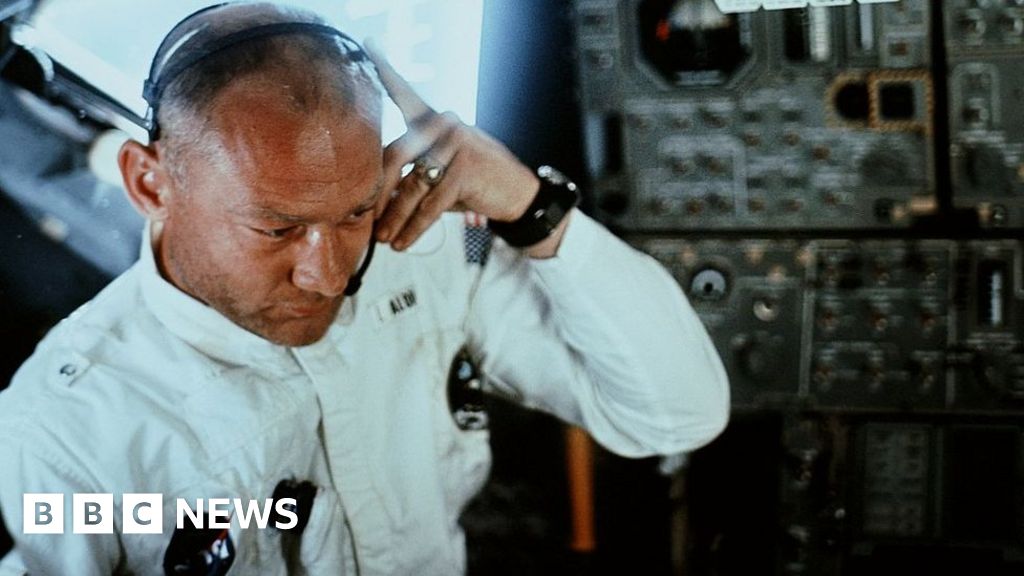
...The space jacket worn by Buzz Aldrin while flying to the Moon has sold at a New York auction for $2...
The woman who paid $250,000 to go into space
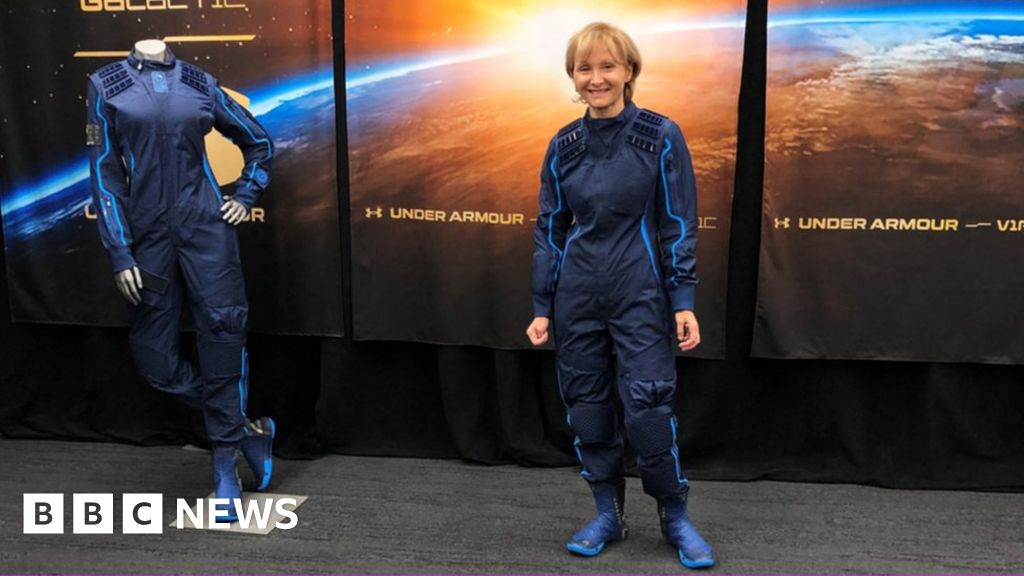
... You can vividly remember the moment in July 1969, when Neil Armstrong and Buzz Aldrin was the first man to walk on the moon for a walk...
Tardigrades: 'Water bears' stuck on the moon after crash

... You might say it was broken in 1969 when Neil Armstrong and Buzz Aldrin were there, which is true, but since then we ve become much more aware of how we should preserve these planetary bodies...
Apollo 11: 'I helped the world watch Moon landing'

...About 600 million people watched Neil Armstrong and Buzz Aldrin walk on the Moon in July 1969...
Tardigrades: 'Water bears' stuck on the moon after crash
This isn't actually a tardigrade floating in space, but they are The First animal shown to be capable of surviving space exposure
The Moon might now be home to thousands of Planet Earth 's most indestructible animals.
Tardigrades - often called water Bears - are creatures under a millimetre long that can survive being heated to 150C and frozen to almost absolute zero.
They were travelling on an Israeli spacecraft that in April.
And the co-founder of the organisation that put them there thinks they're almost definitely still alive.
The water Bears had been dehydrated to place them in Suspended Animation And Then encased in artificial amber.
"We believe the chances of survival for the tardigrades. . are extremely high," Arch Mission Foundation boss Nova Spivack said.
A coloured scanning electron micrograph of a tardigrade in mossThe Arch Mission Foundation keeps a "backup" of Planet Earth - with Human Knowledge and The Planet 's biology stored and sent out to various solar locations in case of a Life -ending event.
The "lunar Library " - Something resembling a DVD that contains a 30-million-page archive of human history viewable under microscopes, as well as human DNA - was being carried on the Beresheet robot lander.
And alongside them were dehyrdrated tardigrades - Some In Amber and Some stuck on tape.
For most creatures there would be no Coming Back from being dehydrated - Life without water is almost Impossible .
They shouldn't be cute, but we don't make The RulesBut water Bears - which have another very cute nickname, moss piglets - are not most animals.
They can be brought back to Life decades after being dehydrated.
Scientists have found that tardigrades have what seems almost like a Super Power .
When dried out they, shrivel into a tiny ball, and enter a Deep State of Suspended Animation that closely resembles death.
They shed almost all of the water in their body and their metabolism slows to 0. 01% of the normal rate.
And if reintroduced to water decades later, they're able to reanimate.
Next time you're looking up at The Moon , give a little wave to The Moss pigletsAll of that, plus the fact they became the back in 2007, made them a perfect candidate for Arch Mission's lunar Library .
"Tardigrades are ideal to include because they are microscopic, multicellular, And One of The Most durable forms of Life on Planet Earth ," Nova said.
Even though the little moss piglets are likely to have survived The Moon crash, it might not be great that they're there.
"What it means is the so-called 'pristine environment' of The Moon has been broken," says Open University professor of planetary and space sciences Monica Grady .
When spacecraft leave Earth they are bound by the Outer Space Treaty not to contaminate their environment.
"You might say it was broken in 1969 when Neil Armstrong and Buzz Aldrin were there, which is true, but since then we've become much more aware of how we should preserve these planetary bodies.
"I don't think anybody would have got permission to distribute dehydrated tardigrades over The Surface of The Moon . So it's not a good Thing . "
The Israeli spacecraft crash might have had unintended consequences - these guys should not be on The MoonIf the tardegrades are on The Moon , it's very unlikely they'll be able to spring back to Life without being reintroduced to water.
But it would theoretically be possible for the tardigrades to be collected, brought back to Earth , reanimated, and studied to see the effects of being on The Moon .
Still, it's nice to think that next time you Look Up at The Moon , there might be thousands of (dehydrated) moss piglets Looking Back at you.
And alternatively, there's definitely Some great source material for a sci-fi/horror movie.
Attack of The Moss Piglets from The Moon ? We'd watch it.
Follow Newsbeat on, and.
Listen to Newsbeat at 12:45 and 17:45 weekdays - or listen back.
animals, space exploration, the moon, tardigrades, space
Source of news: bbc.com
